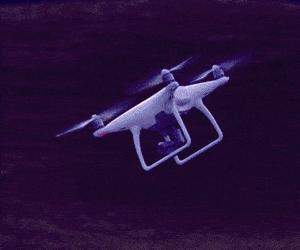Researchers use cross-correlation noise spectroscopy for identifying miniscule noises in solar panels.
There have been a lot of advancements in solar panel technology and the solar panels are getting more efficient. Every electrical system has noise associated with it, maybe thermally generated or due to material defects. In the case of solar panels, this noise can result in a loss of energy and can lower the efficiency of solar panels.
For identifying the noises associated with solar panels, physicists from the University of Utah and Helmholtz-Zentrum Berlin used a technique called cross-correlation noise spectroscopy. With this technique, they were able to measure miniscule fluctuations in electrical current flowing between materials inside silicon solar cells, and moreover, identified significant electrical noise that cannot be detected by conventional noise measuring devices.
Measuring noise is simple for most applications and it can be done by high-sensitivity noise measuring devices. But these devices themselves have noise associated which does not allow us to observe even smaller noises. Therefore, sophisticated technologies like cross-correlation noise spectroscopy have to be employed in order to analyze tiny noises in solar cells.
“It’s surprising how important tiny improvements in efficiency are for industry. Just a fraction of a percent improvement translates into billions of dollars because of the scale of production,” said co-author Klaus Lips, professor of physics at Freie Universität Berlin and department head at Helmholtz-Zentrum Berlin where the solar cells have been designed and fabricated.
As a part of this study, the researchers analyzed heterojunction solar cells (HSCs), currently the most efficient solar cells in the market. The commercially available HSCs feature 26.7%. To make a comparison, residential solar panels are only 15-20% efficient.
The heterojunction solar cells combine two technologies. Here, a crystalline silicon cell is sandwiched between the two layers of amorphous thin film silicon. The sandwiched layer of monocrystalline silicon does most of the work of turning sunlight into electricity. The top amorphous layer captures some sunlight and traps it. The bottom amorphous layer captures the sunlight that has passed through both layers above. Thus, in this way HSCs increase the overall efficiency.
Now, the efficiency of HSCs depends on how well the different layers are connected together. A slight mismatch between two layers can make it difficult for the electrons to get where they need to go and create a problem that will produce a noise signal.
The research team’s new technique identified key areas in the device where specific physical processes are producing electrical signals. In the future, small adjustments at these stages could improve the efficiency of these cells, and solar cells of the future.
“Together, the new solar cell can break through the limit of the silicon device by itself, beyond 30% efficiency,” said Klaus Lips.
Reference:






